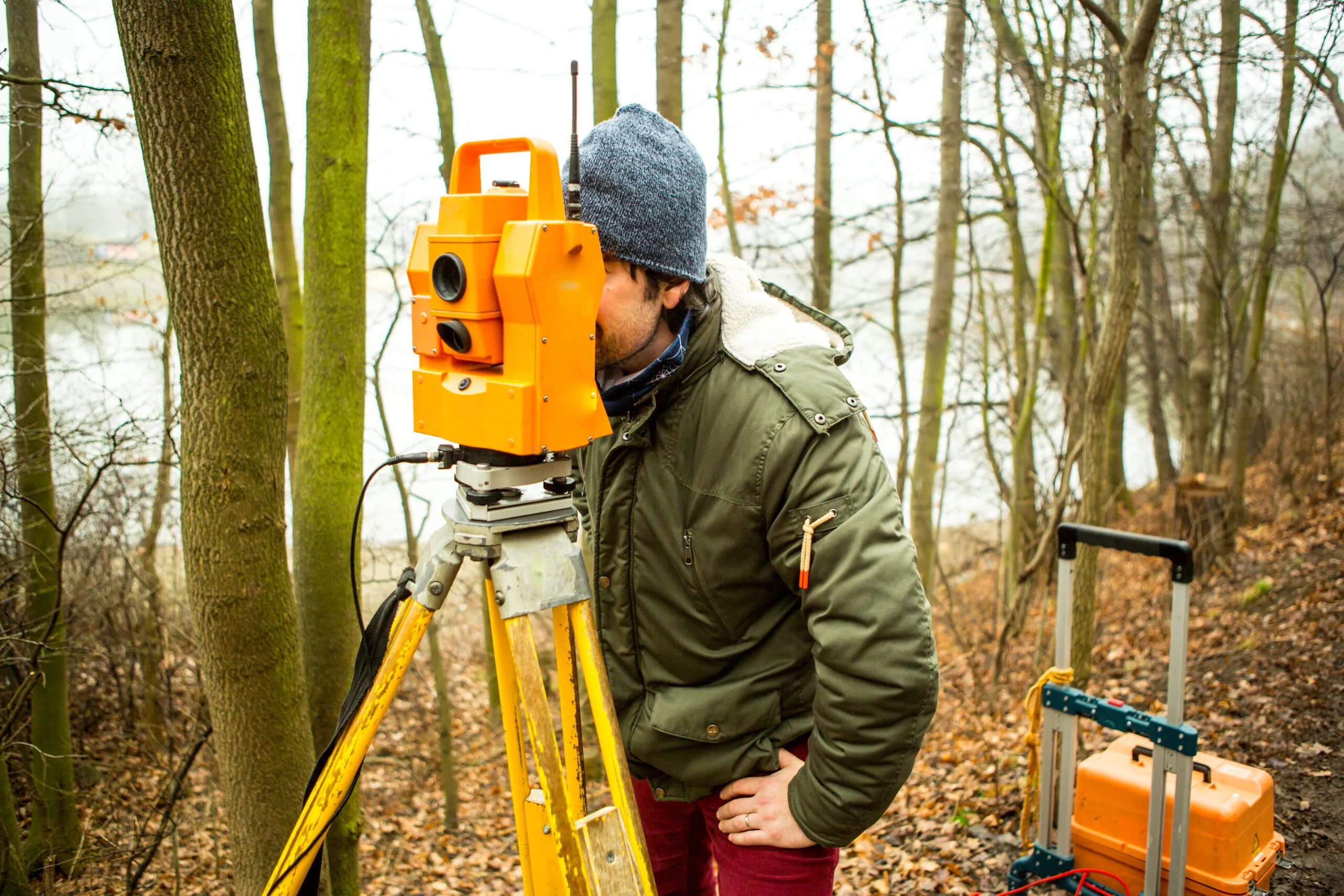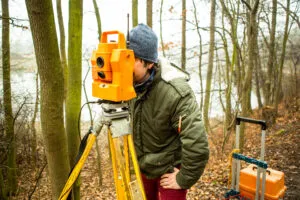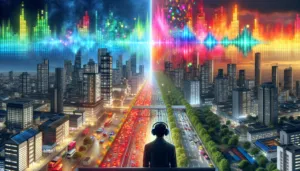
Maps have shaped human civilization for thousands of years and served as vital tools to explore, navigate, and understand our world. The art of creating maps has changed substantially over time. Simple drawings on clay tablets have evolved into sophisticated digital representations of Earth’s surface. These changes showcase humanity’s need for precise spatial information and technological progress.
Today’s mapmaking blends various technologies and techniques to deliver unmatched accuracy and detail. Cartographers rely on GPS technology, advanced measuring tools, and powerful computer systems that collect and process geographic data. This piece takes you through mapmaking’s evolution from ancient techniques to current methods and reveals the tools, processes, and technologies behind the maps we use today.
The Evolution of Map Creation Tools
The rise of map-making tools marks one of the most important technological changes in human history. Cartographers have used different instruments and techniques through the centuries to measure and document Earth’s surface with greater precision.
From ropes and chains to digital devices
Cartographers of ancient times used simple tools to measure distances and directions. The invention of the compass emerged as a crucial instrument to determine cardinal directions (north, east, south and west). Traditional surveyors relied on several measurement tools:
- Gunter’s chain (66 feet in length) for precise distance measurements
- Sextants for measuring angles between objects
- Viameters (odometers) for calculating distances on land
- Log-lines for measuring speed in water bodies
Improvement in measurement accuracy
Mapmakers would cross reference and compare existing maps to find missing details and identify inaccuracies, but with time scientists achieved most important improvements in measurement techniques while striving for better accuracy. Explorers of the 19th century started using celestial bodies to verify their compass bearings. Advanced instruments revolutionized mapping precision with sophisticated tools like barometers for elevation measurements and improved sextants that measured angles to within 1/360th of a degree.
Integration of computer technology
Digital revolution changed mapmaking forever. Everything started with scanning and digitizing paper maps, which led to completely digital cartographic methods. Geographical Information Systems (GIS) became a powerful tool that offered these capabilities and is a primary source of the United States Geological Survey for maps produced:
Computer technology brought amazing advantages to cartography. Modern systems can handle huge amounts of geographic data, create electronic symbol libraries and generate various types of legends automatically. GPS technology has made traditional paper maps, thematic maps and other map types almost obsolete, as 24 satellites now provide highly accurate positioning data.
Digital cartography has improved accuracy and speed substantially. Tasks that took months of manual work are now completed in days or hours. Modern cartographers use advanced software that combines GIS capabilities with desktop publishing systems. This allows them to integrate various data sources and create maps automatically.
Machine learning and artificial intelligence represent the next frontier in cartographic progress. These technologies help automate complex processes like pattern recognition and data enrichment. Right now, they work alongside traditional cartographic expertise rather than replacing it.
Data Collection Methods for Mapmaking
Mapmakers today use a wide range of data collection techniques to create accurate and detailed maps. Their methods combine traditional ground surveys with advanced satellite technology that provides detailed geographic information.
Ground surveys and field work
Accurate mapmaking relies heavily on field surveys that blend traditional methods with modern technology. Surveyors rely on Electronic Distance Measurement (EDM) instruments combined with electronic theodolites called “Total Stations” to measure distances precisely up to 1 millimeter per kilometer. GPS technology works alongside these instruments to help surveyors establish exact control points and calculate distances between consecutive survey spots. Remote data collection becomes possible through unmanned surface vessels with sonar imaging technology when terrain proves difficult to access.
Aerial imagery and remote sensing
Aerial imagery has transformed map creation since the early 1900s. Modern aircraft now carry specialized sensors that capture high-resolution digital imagery at different altitudes. The National Geodetic Survey uses aircraft with advanced equipment to collect:
- Digital color photographs (39 megapixel resolution)
- Near-infrared imagery
- LIDAR (Light Detection and Ranging) data
- Multispectral and hyperspectral imagery
- Topographic and bathymetric measurements
These aerial surveys generate significant data that helps define national shorelines, create maps and charts, monitor environmental changes, and assess damage from natural disasters. GPS coordinates precisely georeference each photograph, which typically covers two square miles of Earth’s surface.
Satellite-based data gathering
Satellite technology has revolutionized how we collect map data. Earth observation satellites use advanced sensors to continuously monitor our planet’s surface. The Landsat program, a collaborative effort between NASA and USGS, maintains the longest unbroken space-based record of Earth’s land. Sentinel satellites complement this by providing free high-resolution images every five days. These sophisticated platforms capture data across multiple spectral bands and help experts analyze land cover, vegetation health, and environmental changes in detail.
Commercial satellite providers now achieve incredible precision in their imagery, showing objects as small as one meter. This level of detail is especially helpful when you have to assess humanitarian needs, plan urban development, or monitor environmental changes. GIS analysis helps to process all this satellite data to create detailed, multi-layered maps. These maps serve countless purposes, from helping people navigate to supporting scientific research.
Processing and Analyzing Geographic Data
Geographic data processing continues to advance rapidly and converts raw spatial information into precise, usable maps through sophisticated computational methods. Modern software tools and analytical techniques now revolutionize how cartographers process and analyze geographic information.
GIS software and spatial analysis
Geographic Information Systems (GIS) are the life-blood of modern map creation and provide powerful tools that analyze spatial relationships and patterns. Cartographers use these systems to process large amounts of geographic data and extract meaningful insights. Modern GIS software comes with several key capabilities:
- Spatial pattern identification and trend analysis
- Ground modeling and simulation
- Geographic segmentation and filtering
- Predictive analysis based on spatial relationships
- Dynamic data visualization and exploration
Spatial analysis extends beyond simple mapping to explore places’ characteristics and their relationships. Cartographers now use sophisticated algorithms to model complex spatial relationships, detect patterns, and make predictions from geographic data.
Data cleaning and integration
Map quality relies heavily on accurate data. Cartographers follow several essential steps to clean data and ensure reliable information:
| Step | Purpose | Outcome |
|---|---|---|
| Duplicate Removal | Remove redundant geographic points | Accurate results |
| Structural Error Correction | Fix naming conventions and typos | Consistent data |
| Missing Data Management | Address incomplete information | Complete dataset |
| Outlier Analysis | Verify unusual data points | Data validation |
The integration process combines information from multiple sources that include GPS technology readings, satellite imagery, and ground surveys. Cartographers must pay close attention to coordinate systems, projection methods, and scale consistency to represent geographic features accurately.
Creating different map layers
Digital maps today combine multiple layers that show various geographic features and themes. Mapmakers organize data into logical groups that users can show or hide whenever needed. The most common layer types include:
Base Layers: These layers are the foundations of digital maps and show terrain features, political boundaries, and major landmarks. Each layer connects to specific data stored in a geodatabase, which makes data management and updates quick and simple.
Thematic Layers: These layers build on top of base layers and display specific geographic data like population density, land use, or climate patterns. Mapmakers must carefully select data classification methods and visual techniques to represent this information.
Dynamic Layers: These layers provide immediate updates from changing data sources like weather patterns or traffic conditions. Complex data processing algorithms help maintain data accuracy and relevance.
Layer management tools help mapmakers control how information appears on the map. The right organization and styling of layers creates detailed yet easy-to-understand geographic data presentations. These topographic maps serve many purposes, from helping people navigate daily using map projections to supporting scientific research.
Presenting and Sharing Maps
Maps’ presentation and sharing methods have changed dramatically over the past few decades and revolutionized people’s access to geographic information. Modern mapping solutions combine traditional cartographic principles with innovative technology to provide users unprecedented accessibility and functionality.
Digital vs. physical maps
Maps have transformed dramatically as they moved from physical to digital formats. Traditional paper maps work reliably without technology, while digital versions come with features that improve the user experience. Here’s how they match up:
| Feature | Physical Maps | Digital Maps |
|---|---|---|
| Accessibility | No power needed | Requires device/internet |
| Updates | Manual replacement | Automatic updates |
| Interaction | Static viewing | Dynamic navigation |
| Storage | Physical space | Cloud-based |
| Collaboration | Limited sharing | Multiple users |
Physical maps still play a crucial role today. They shine in areas with poor connectivity and emergency situations. Professional navigators and outdoor enthusiasts rely on their durability and independence from power sources as essential backup tools.
Interactive web maps and apps
Web-based mapping platforms have revolutionized the way users work with geographic information. Modern mapping software comes with advanced features that go way beyond simple navigation:
- Live data integration
- Custom layer creation
- Shared editing features
- Multi-device synchronization
- Advanced search functionality
Users can create, share, and work together on maps through platforms like ArcGIS Online within organizations or with the public, only needing an internet connection. These systems support data formats of all types and connect smoothly with existing databases. They are a great way to get tools for businesses and researchers.
3D visualization techniques
Three-dimensional visualization plays a vital role in modern cartography and provides new ways to represent and understand geographic data. Advanced mapping tools now include several 3D visualization techniques:
- Terrain Modeling
- Digital elevation models
- Realistic surface textures
- Dynamic lighting effects
- Urban Visualization
- Building footprints
- Height information
- Architectural details
Building Information Modeling’s (BIM) integration with mapping software has improved the ability to create 3D representations of urban environments in great detail. Urban planners, architects, and developers can better understand spatial relationships and make informed decisions through these visualizations.
Modern mapping platforms employ WebGL technology to render complex 3D scenes directly in web browsers. Users no longer need specialized software installations. This accessibility has made advanced mapping features available to more professionals and enthusiasts.
Modern mapping platforms do more than just transfer files. Collaborative features let multiple users work on the same map at once. They can update and receive feedback immediately. Disaster response teams, urban planning departments, and research institutions find this especially valuable when quick information sharing matters most.
Interactive maps serve many purposes, from sales territory optimization to data visualization projects. Mapping software tools offer various features. Platforms like Mapline help businesses visualize and attribute data while discovering insights hidden in spreadsheets.
Developers and technical users can access platforms like Mapquest to build custom mapping solutions. These platforms include vector data handling and remote sensing capabilities. Organizations can create specialized applications that meet specific industry needs, from real estate analysis to environmental monitoring.
Map presentation continues to advance with augmented reality (AR) and virtual reality (VR) technologies. These breakthroughs create new possibilities for immersive geographic visualization. Users can experience and interact with spatial data in ways never before possible. GPS technology advances and new visualization techniques blur the lines between physical and digital mapping. This creates sophisticated tools that help us understand and navigate our world better.
Conclusion
Modern maps shows how far we’ve come in understanding and recording our world. Today’s cartographers blend age-old principles with state-of-the-art technology to create incredibly detailed and accurate maps. The digital world has reshaped this field completely. Modern map creators can now process huge amounts of geographic data while staying true to their ancient predecessors’ mission of delivering reliable spatial information.
Maps still guide how we plan and understand our surroundings. Powerful computers and satellite technology have made this even better. Geographic information has become more available than ever. Urban planners, environmentalists, and emergency responders now make critical decisions based on this data. New technologies will bring even more precision and usefulness to cartography. Maps will remain vital tools for human civilization, just as they have been for thousands of years.


